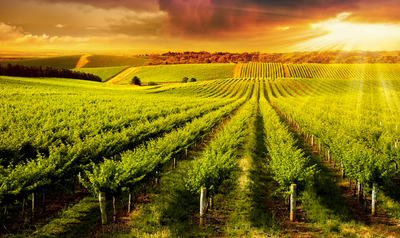Existing grape varieties, old or foreign, as wine adaptation tools.

MOMENT OF INNOVATION..
INNOVATION STATUS.
The effects of the climate against which it is possible to fight by modifying planted varieties are essentially the dryness, the heat, the modifications of the compositions of the berries, the precocity of the maturity, the migration of insects/diseases and the reconciliation of high-intensity climatic events. Several strategies are developed by the actors of the research and the wine industry, from the varietal creation (grape variety hybrid for example) to the import of varieties originating from more southern regions.
Testing and introducing existing, old or cultivated grape varieties in other regions is a strategy put forward in all regional vineyards, with more or less scope. In Bordeaux, the Vitadapt program tests 52 grape varieties, some of which come from Languedoc (Carignan, Mourvèdre), Portugal (Touriga) or Greece (Assyrtiko, Lagiorgitiko). They are compared to current Bordeaux grape varieties, which are, for example, for red wine, cabernet franc, merlot or cabernet sauvignon, and for white wine, sauvignon or semillon. We can thus directly observe the behaviour of new grape varieties in the Bordeaux climate, which is changing.
Changing the grape varieties used could then be done gradually, seeking to stay close to current wines, or more radically by targeting new types of wines.

ISVV - Institut des Sciences de la Vigne et du Vin


